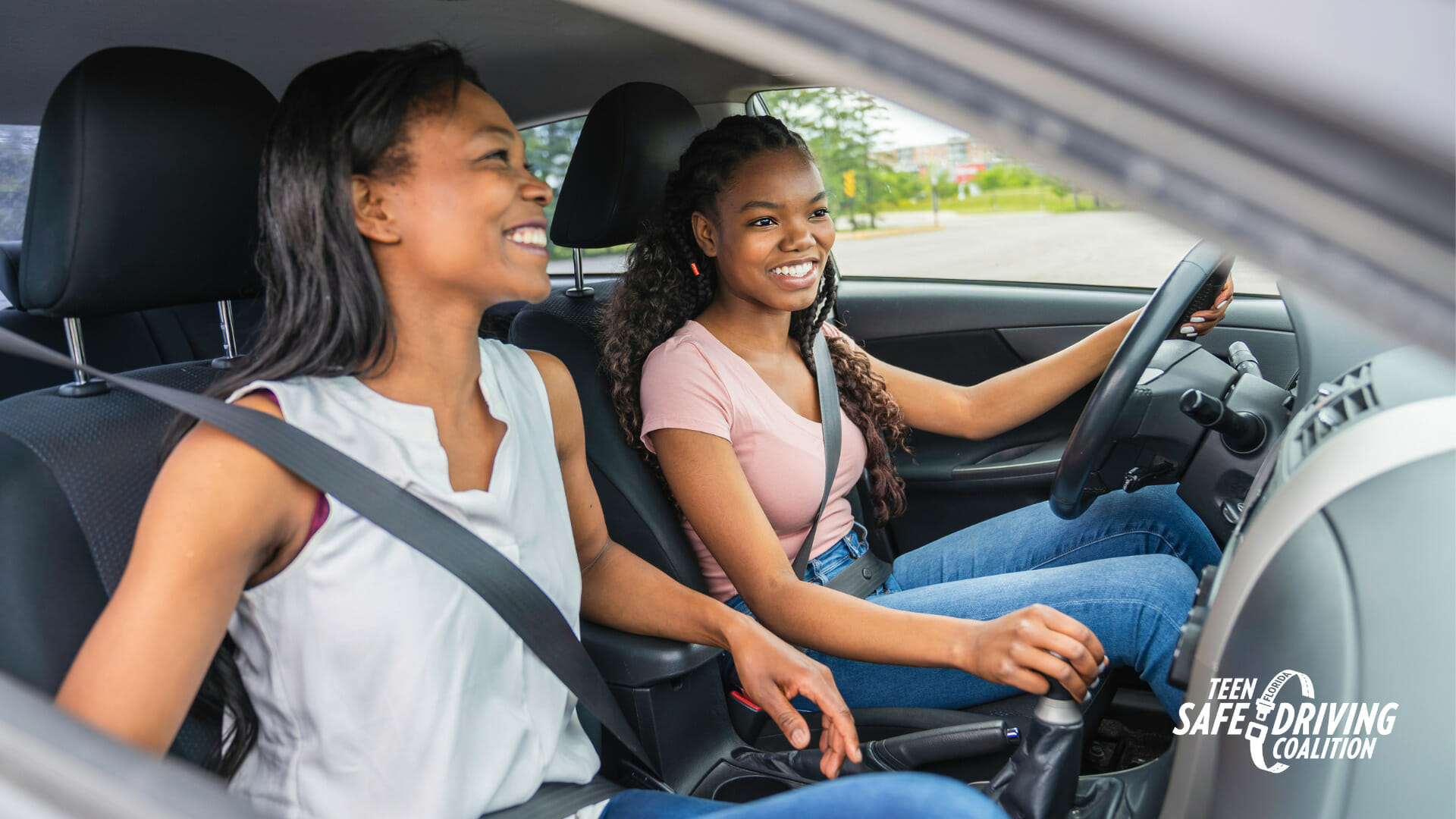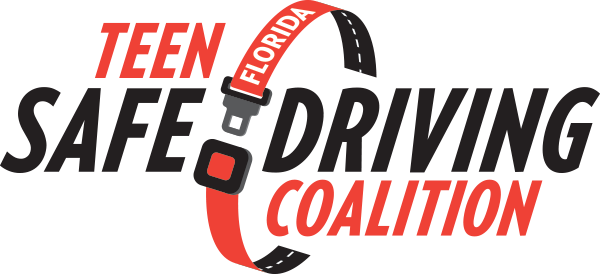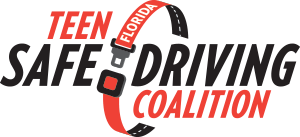
Safe Driving Tips for Parents
Safe Driving Tips for Parents
So, you have a teen who’s learning to drive? Perhaps they just passed their knowledge exam, or maybe they just got that coveted full license… Whatever the scenario is, you (as a parent or caregiver) serve an important role in their driver journey, and a vital function in the safety choices they will make when driving. The operation of a motor vehicle is one of the most dangerous activities your teen will face during adolescence. Traffic crashes are one of the leading causes of preventable death or serious injury for teens. It’s with experience, smart decisions, and positive parent/caregiver influence that we can ensure our teen driver gets home safe. Here are some helpful safe driving tips, for parents…
Model Safe Driving Behavior
Parents are the primary influencer and number one role-model when it comes to the driving behavior of their teenager. Do you ignore speed limits or answer calls/text messages when you drive? Your teen is watching this behavior and using it as a guide for what is acceptable. It’s no secret that teens lack experience on the road, and with driving in general. When they attempt to perform the already complicated task of driving, and add in other dangerous behaviors, it’s true recipe for disaster. You can help them make safe (smart) decisions by always modeling the proper behavior when you drive. By wearing your seatbelt (and ensuring all riders are buckled), ignoring your phone, not driving impaired, and obeying all posted speed limits, you can model the safe driving behavior you want your teen to follow. This is absolutely a “do as I do” conversation, rather than “do as I say”.
Practice, Practice, Practice
Have you ever heard the adage, “practice makes perfect”? There may not be such a thing as a “perfect” driver, but there is an absolute and direct correlation between how good we are at something and the amount of time we spend practicing it. Canadian journalist, Malcolm Gladwell, coined “the 10,000-hour rule” – theorizing that it takes 10,000 hours of intensive practice to achieve mastery of complex skills. Now, think about this in the context of a new teen driver… The State of Florida only requires a minimum of 50 hours of driver training (10 of which must be a night) to obtain a driver license. Just because your teen has successfully gotten their license does not make them an expert just yet. While you may not need to spend all 10,000 hours with your teen prior to letting them drive alone; it’s recommended to continue practicing and providing guidance with your teen driver, even after they obtain a license. A study by the National Highway Traffic Safety Administration (NHTSA) found that the greatest lifetime chance of crashing occurs in the first 6 months after licensure.
Limit Other Teen Passengers
Other teen passengers can present one of the biggest risks for your new teen driver. A study by AAA Foundation for Safety found that the risk of crash doubles with one additional teen passenger in the vehicle. Two additional teen passengers can increase the risk of crash by 158%. Three additional teen passengers can increase the risk of crash by 207%. The same study found that by having at least one passenger aged 35 or older in a [teen driven] vehicle was associated with a 62% decrease in the risk of crash. Notably, not all of us have a spare 35-year-old laying around to chaperone each trip your teen driver may make… That’s okay! The easiest thing to do is to enforce limits on the number of teen passengers your new teen driver is allowed to have in the car. By setting clear guidelines and outlining the appropriate behavior for when your teen does have another teen passenger in the car, you can help mitigate their risk of being involved in a passenger distraction crash. Some examples of passenger boundaries can be: no loud music, no dancing/singing, avoid having emotionally involved or dramatic conversations, no acting wild, all vehicle occupants must be wearing safety belts, etc.
Don’t Call {them} When They’re Driving
Duh, right? It seems like it would be a no-brainer… But, 53% of teens who reported talking on a phone while driving were chatting with their mom or dad, according to a study by the American Psychological Association. One of the best things you can do to avoid this parental faux pas would be to enable a location software (such as Google Location Sharing) to help identify when your teen may be driving. Most simply if you know they are driving – don’t call them! Set a rule with your teen that they must notify you before and after they drive to their destination if they are traveling to places outside of their normal routine. Other driving apps such as “Life 360” can even tell you the speed your teen driver is traveling, along with other important driver metrics*.
*This is not an endorsement for any driver safety app or product, merely a suggestion of tools that the author found helpful for monitoring.
Enforce Graduated Driver Licensing (It’s the law!)
The best strategy that has proven to be effective in reducing crashes, fatalities, and serious injuries among teens is Graduated Driver Licensing (GDL), or more simply – the Teen Driver Curfew. Florida’s GDL laws are designed to help teens gradually and safely build their skills and experience behind the wheel during lower-risk conditions. A 16-year-old with a driver license is not allowed to drive between the hours of 11PM and 6AM. A 17-year-old with a driver license is not allowed to drive between the hours of 1AM to 5AM. The only exception to this time restriction would be if the teen was accompanied by an adult over the age of 21 or traveling from to and from work. The adult over the age of 21 must be seated in the front passenger seat of the vehicle. Once the driver becomes 18 years of age, they are considered to have full license privileges, without restrictions. Pro tip? Need a guilt-free way to have your teen driver home by a certain hour? You can (and should) use GDL laws to say “Sorry, you must be home by 11PM /1AM– it’s the law!”
Food for thought – Your teen might wait to get their learner’s permit or driver license… Under this scenario, they may “age out” of GDL before having had the gradual curfew enforcement. Use your best judgement and knowledge of your teen to make the best decision for their safety.
About the Author:

Melissa Valido is the leader of the Florida Teen Safe Driving Coalition and the State Coordinator for Florida Students Against Destructive Decisions (SADD). Believing that one life lost on our roads is too many, Melissa is passionate about youth safety and traffic crash prevention. She works to plan and implement projects and programs that seek to reduce/eliminate teen driver crashes, fatalities, and serious injuries with the goal being to achieve zero road deaths, or “Target Zero”. Melissa holds a bachelor’s degree in Marketing from Florida State University. In her spare time, she loves to spend time with her beloved Golden Retriever, Jake.

